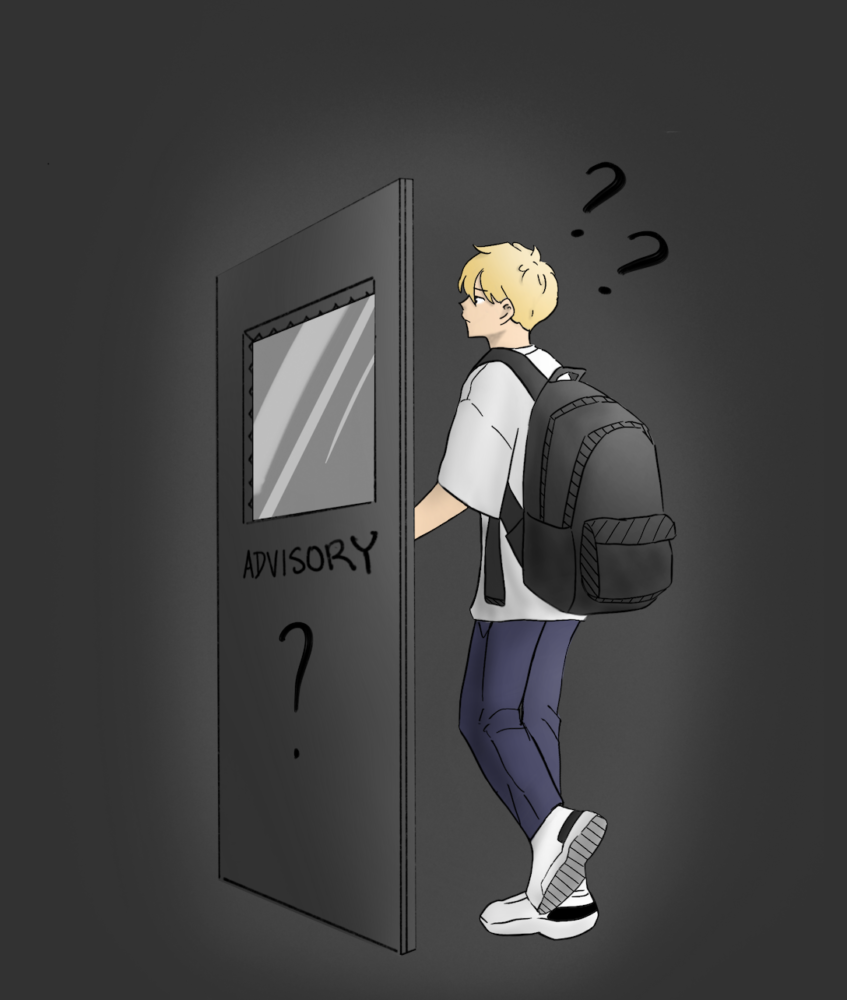The Student Advisory Committee seeks to improve the Advisory curriculum based on student and teacher feedback, according to Ann Deggelman, who runs the group. The Palo Alto High School committee meets monthly to discuss feedback that they collect from their peers and teachers, in addition to the results of the voluntary annual form filled out by students across all grade levels. The form includes reflections on personal advisory experiences, and facilitates suggestions to improve the curriculum.
We commend the committee’s and administration’s efforts to listen to student and teacher voices and reform the Advisory model. Finding balance between four grade levels with different requirements is not a simple task and the heads of the Advisory program, with input from the SAC, have adequately accommodated students’ needs through the transition back to in-person school.
However, the current advisory model still has room for improvement. For one, the curriculum is often unengaging, which student and adult members of the committee acknowledge.
According to Megha Madhabhushi, junior and member of the SAC, students would like to see fewer slideshow lessons during advisory periods.
“Something like an interactive partner activity where you plan each other’s day makes the period more fun and actually helps students understand the lesson more.”
— Megha Madhubhashi, junior and member of the SAC
“Something like an interactive partner activity where you plan each other’s day makes the period more fun and actually helps students understand the lesson more,” Madhubhashi said.
We understand that the information in advisory slideshows is essential, but hope to see the material presented in a more engaging format.
Madhabhushi and the committee also hope to see Advisory used in new ways that would foster greater community wellbeing.
“We want to add to the current curriculum … mental health break days and bonding days to increase Advisory connectivity through games held inside classrooms, or even on the Quad,” Madhabhushi said.
We commend the SAC for their nuanced suggestions, and stand by their goals. We hope to see advisory lessons taught in ways that can be more engaging and interactive with students, and see advisory periods used to cultivate community and connection within each advisory class.



